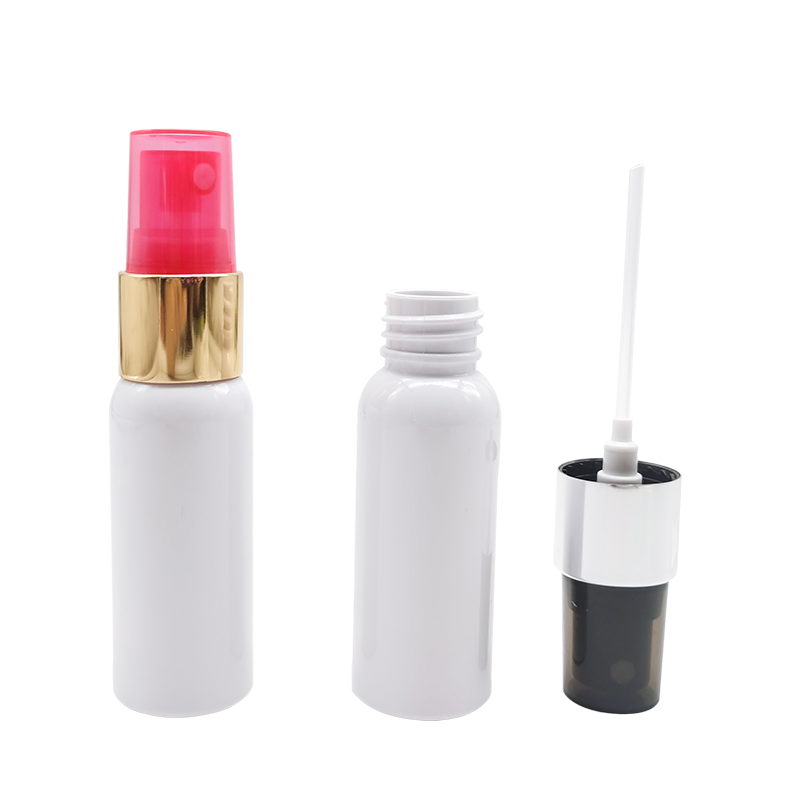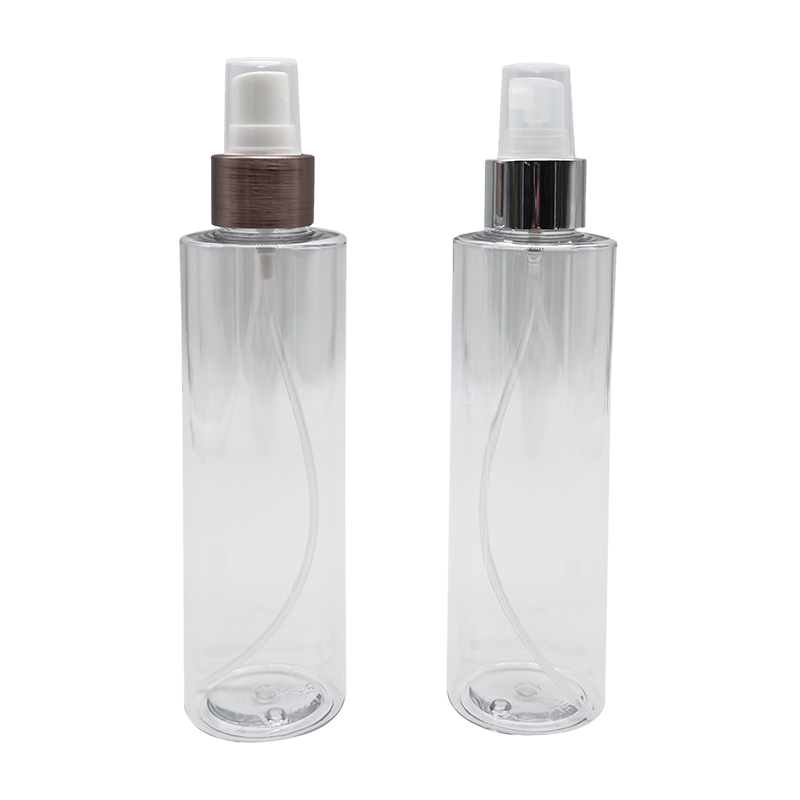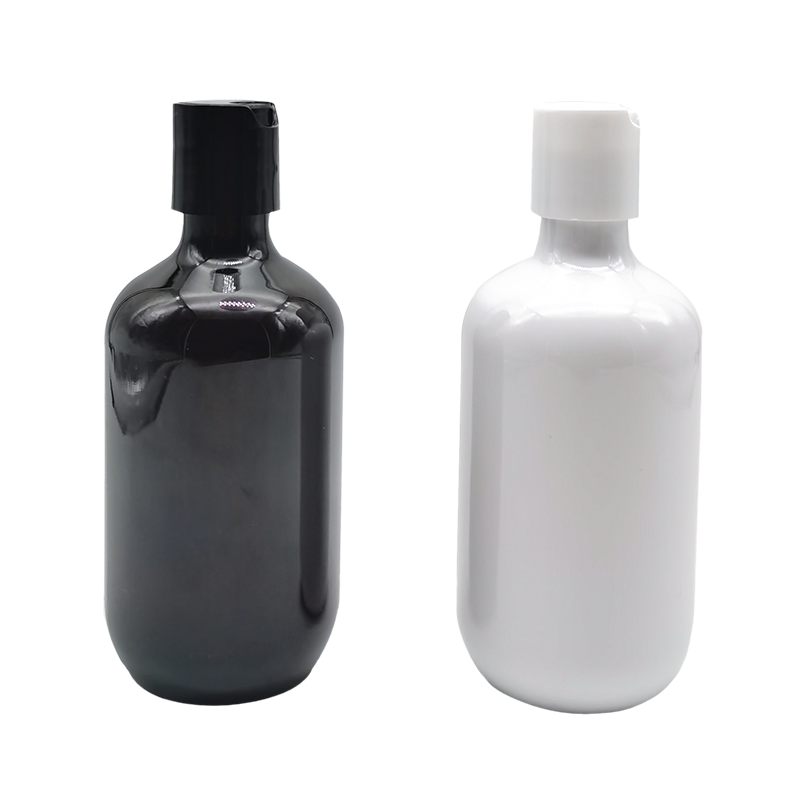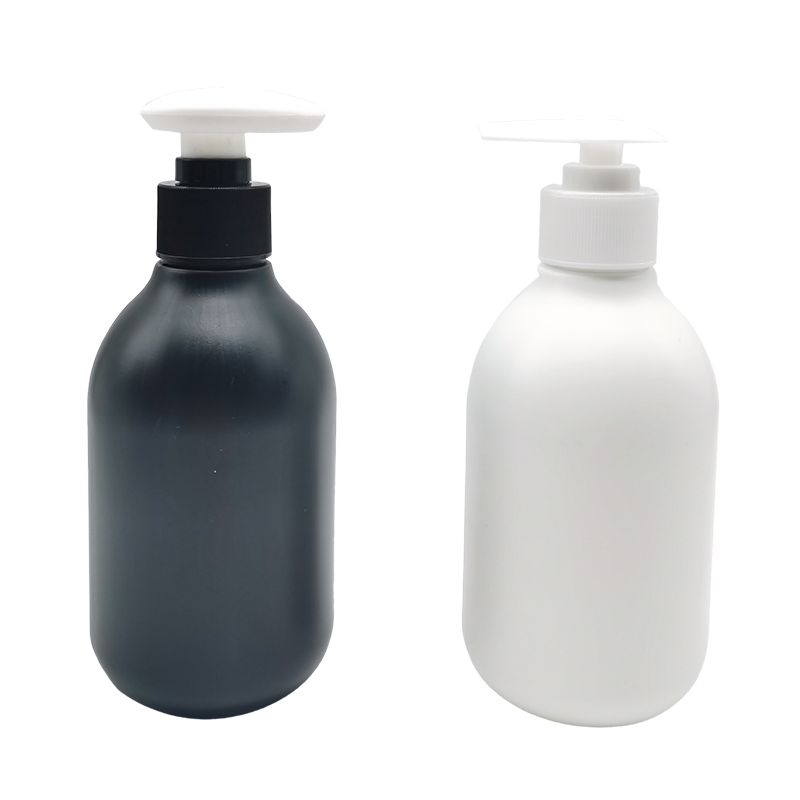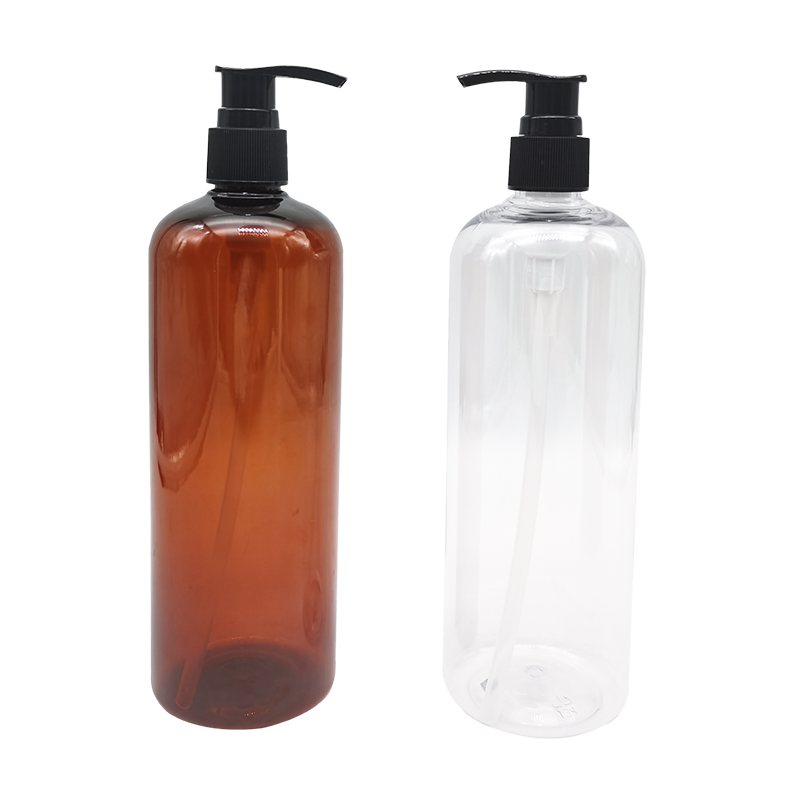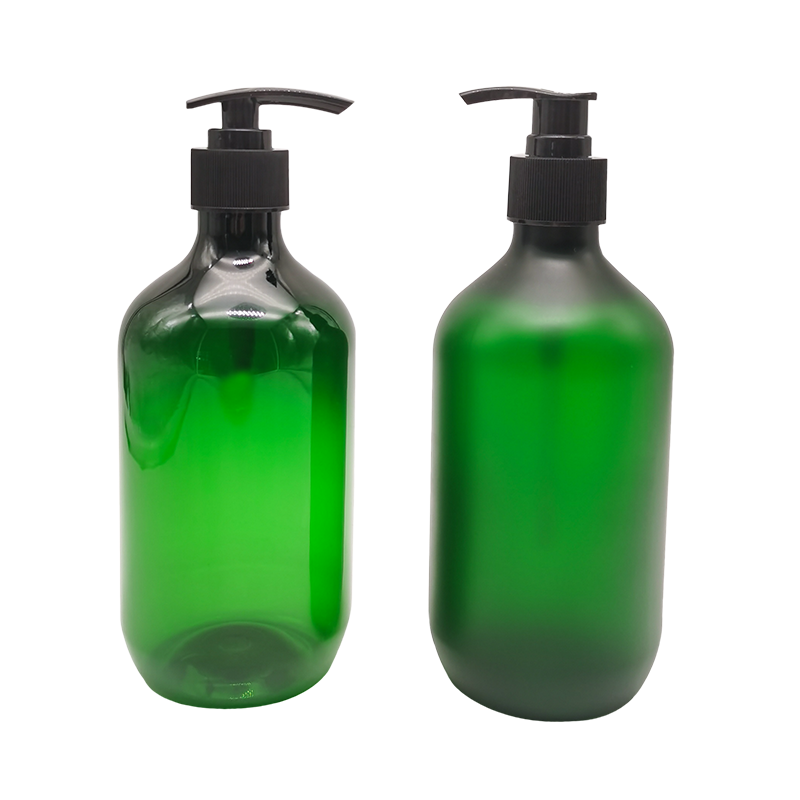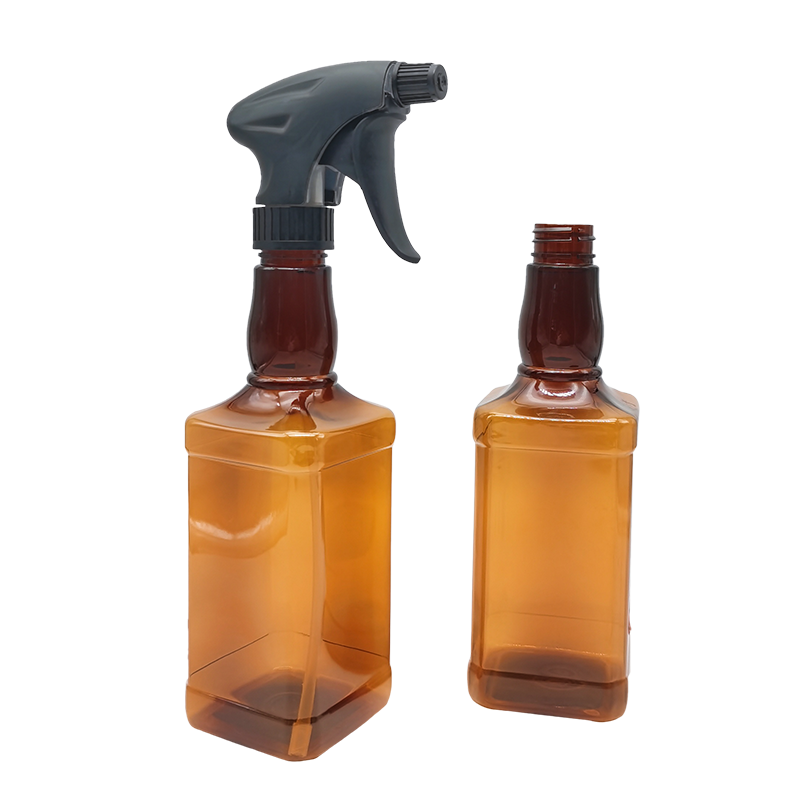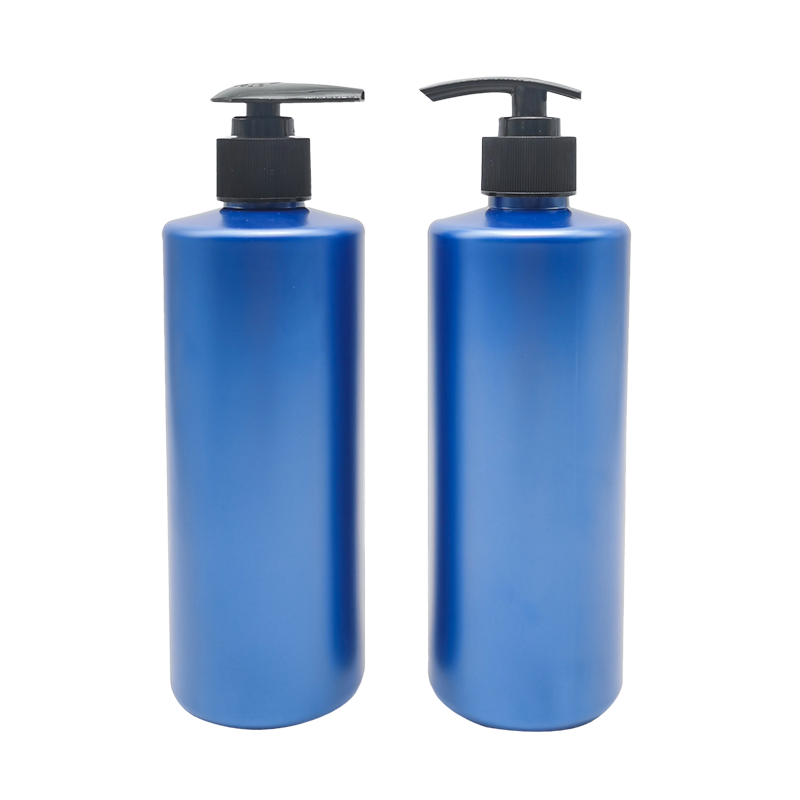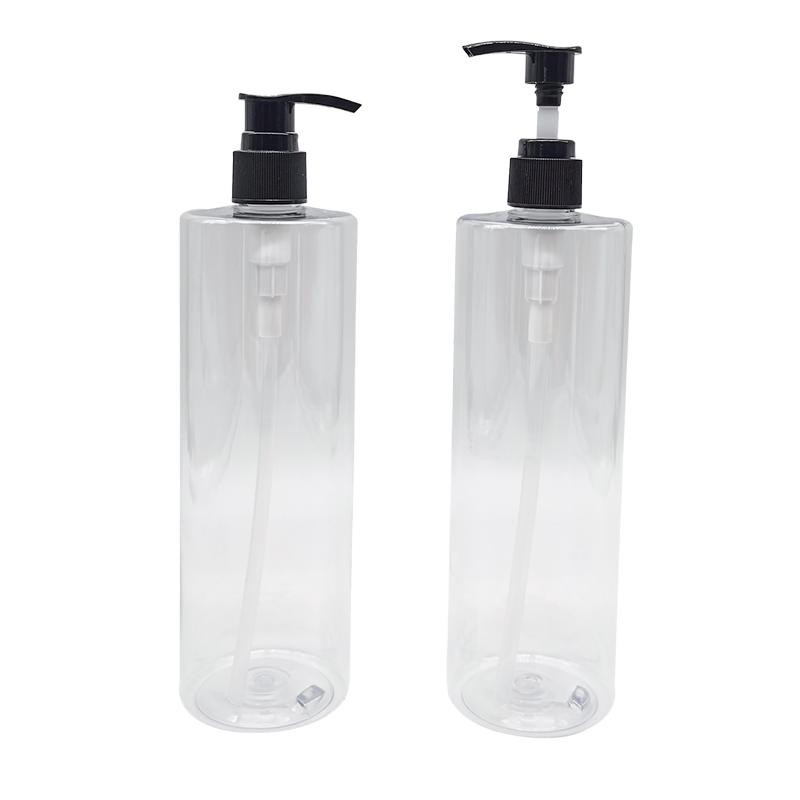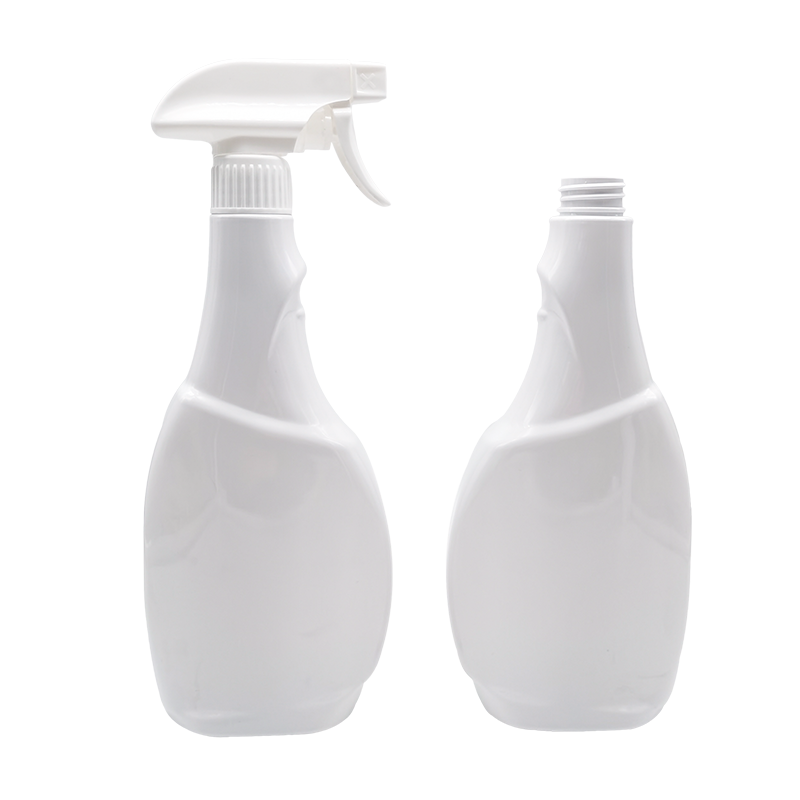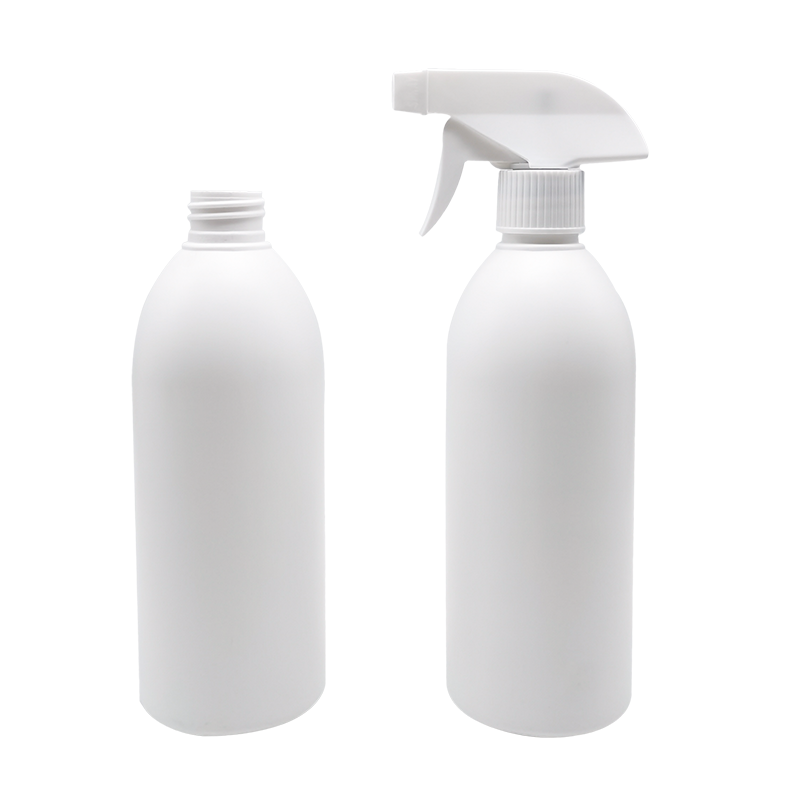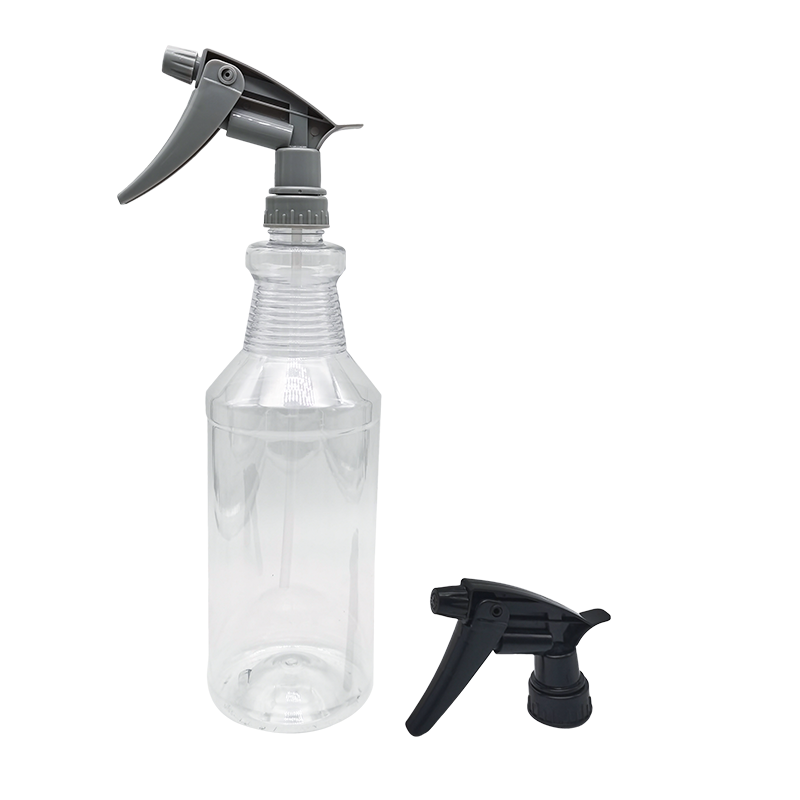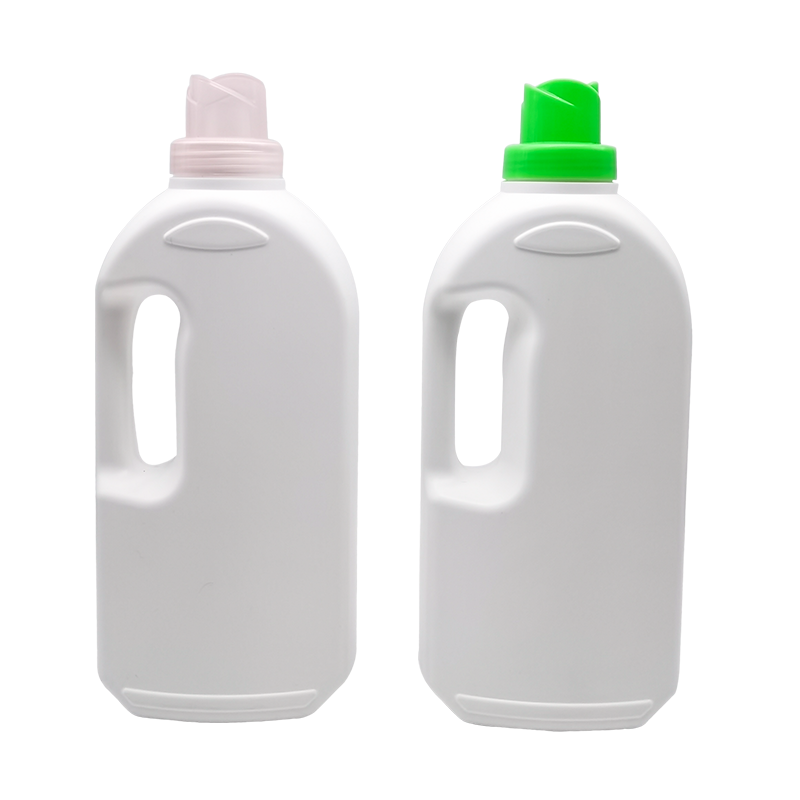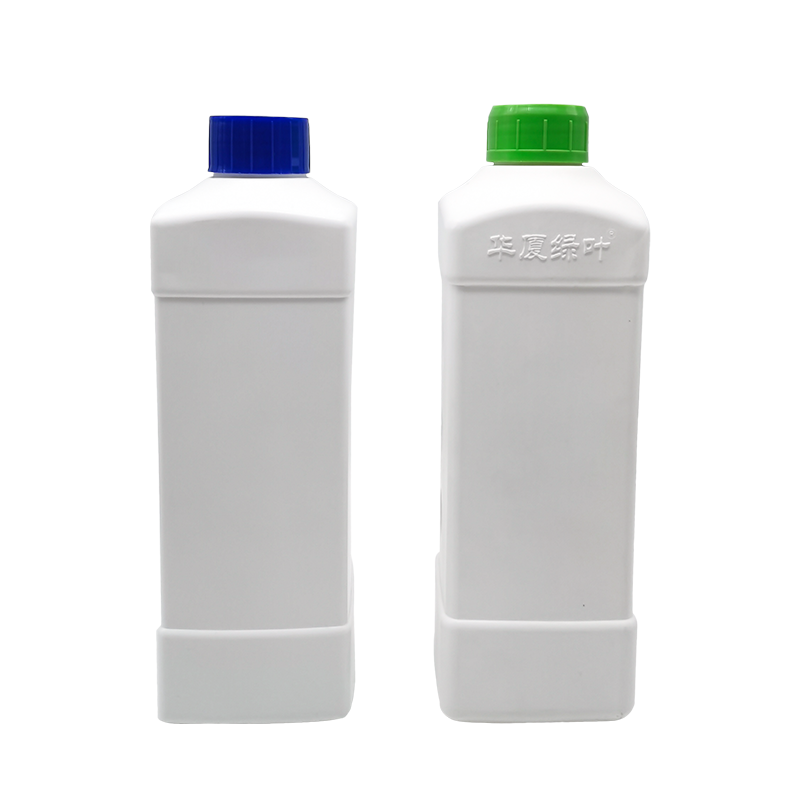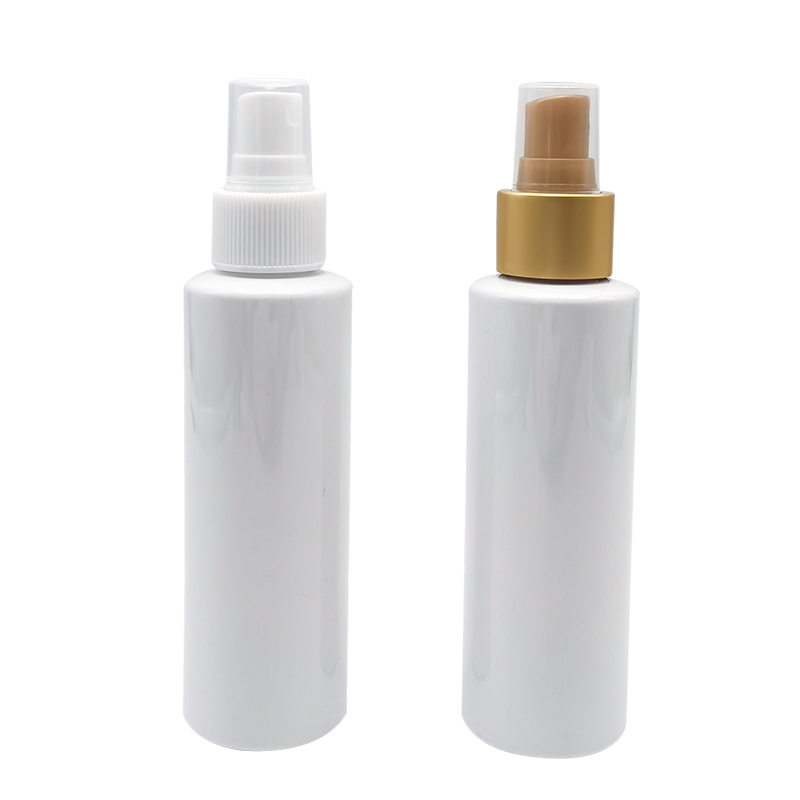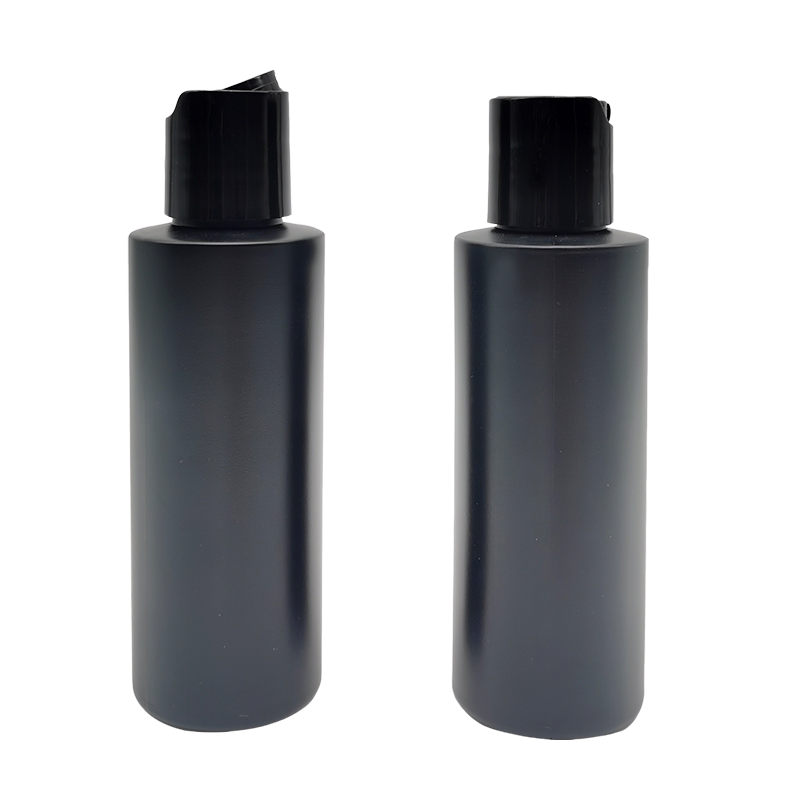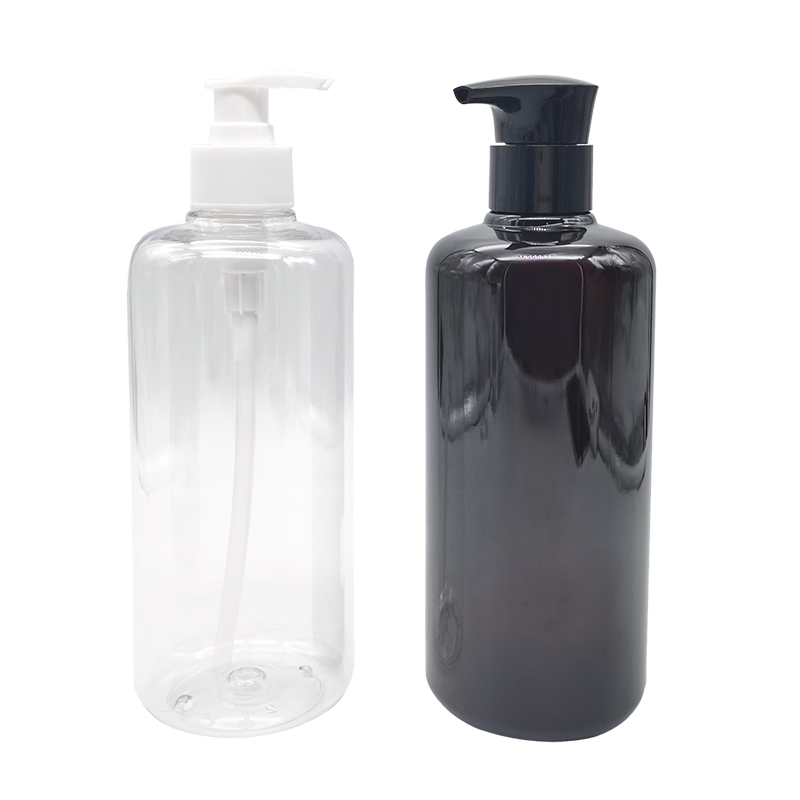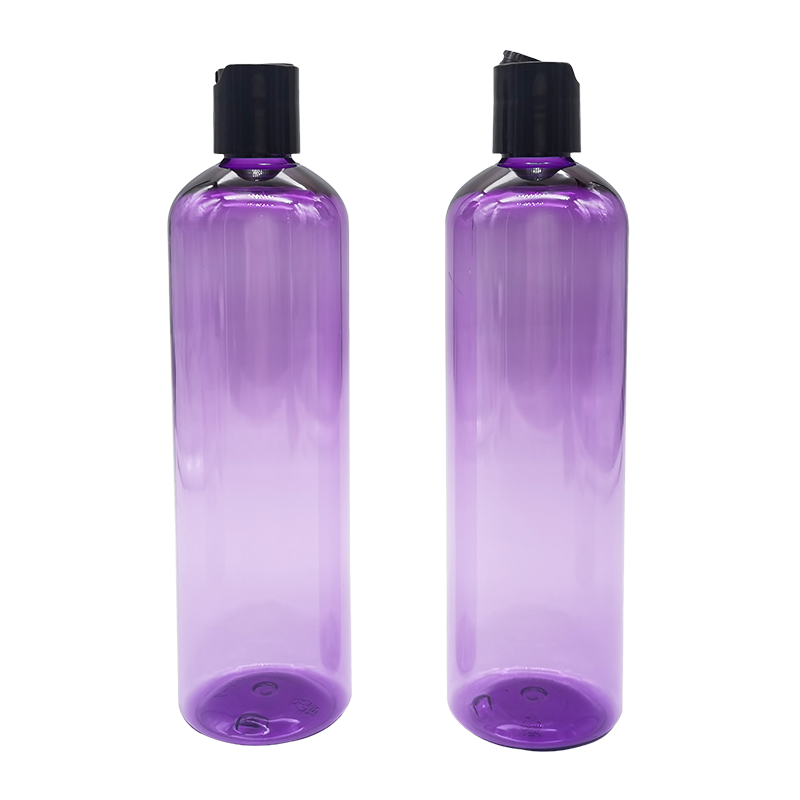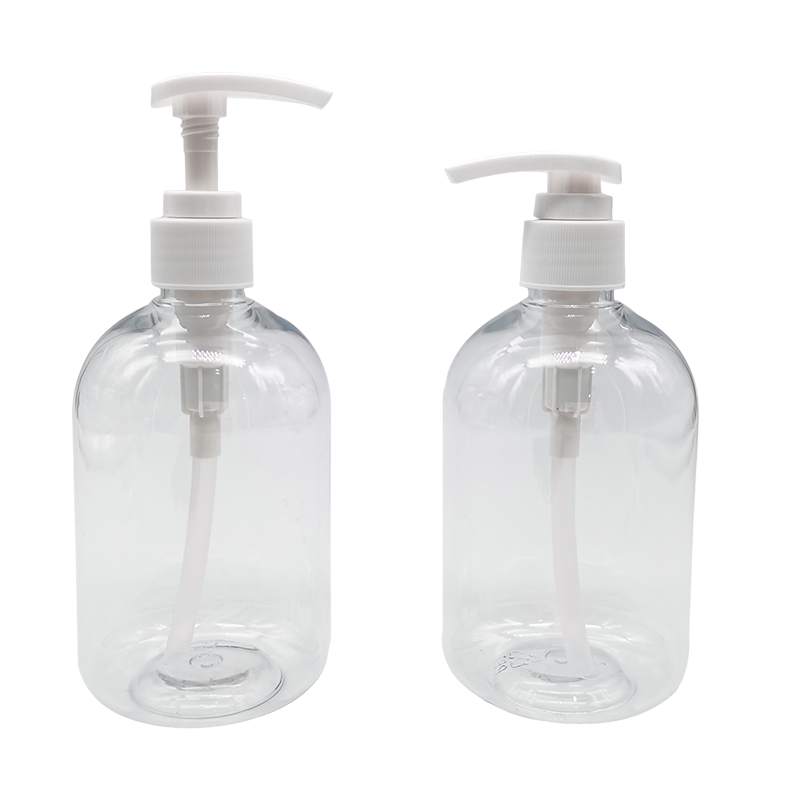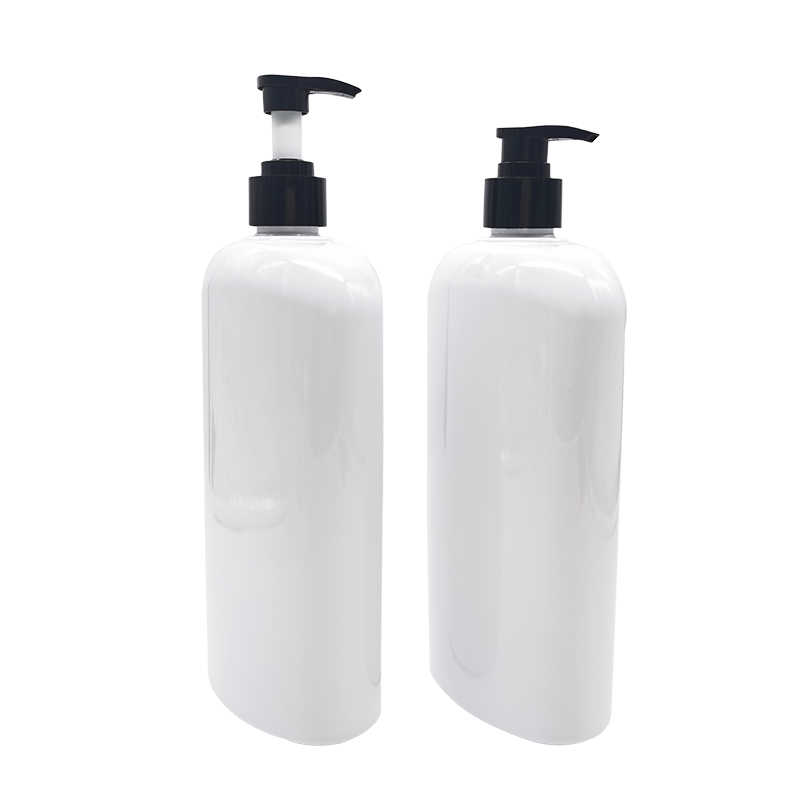Everyone has seen the spray bottle, the liquid it sprays is as delicate as a mist, so the spray bottle is widely used in cosmetics. Some manufacturers will put the lotion in a spray bottle and present it as a spray. The advantage of the spray bottle is that the dosage is very economical and it is more convenient to avoid touching your hands. The first time you use a spray bottle, you need to press the mouth of the bottle a few times, and you need to use the pump mechanism to remove the air.
A spray bottle is a very useful device and a good example of basic pipe pumping principles. The head of the spray bottle consists of only a few parts. It has a trigger that triggers a small water pump. The pump is connected to a plastic tube that draws cleaning fluid from the bottom of the reservoir. This pump presses liquids into a narrow cavity and ejects them through small holes in the sprayer tip. This hole, or nozzle, allows the flowing liquid to gather together into a concentrated stream of water. The only complex in this design is the hydraulic pump, but its construction is also quite simple. Its main moving element is a piston, located in a cylindrical hydraulic chamber. Inside the hydraulic chamber, there is a small spring. In order for the hydraulic pump to run, you first pull the wrench back, which pushes the piston into the hydraulic chamber. The moving piston compresses the spring, and when the wrench is released, the piston is pushed out of the hydraulic chamber. The two strokes of the piston in and out of the hydraulic chamber constitute a complete pump cycle.
During the downstroke, the piston is pushed inward, compressing the volume of the hydraulic chamber, thereby forcing the fluid out of the pump. On the upstroke, the spring pushes the piston outward, expanding the volume of the hydraulic chamber, which draws fluid into the pump. When using a spray bottle, the cleaning fluid needs to be sucked up from the lower reservoir and then squeezed out of the upper cavity. To get all the liquid flowing into the cavity, the pump can only force the liquid up - not back into the reservoir. In other words, the liquid can only flow through the pump in one direction.
The device that achieves this function is called a one-way valve. The spray bottle has two one-way valves in its pumping system: one between the pump and the reservoir and the other between the pump and the nozzle. Typically, the one-way valve between the pump and the reservoir contains a small rubber ball that is lightly placed in a small sealed cartridge. The edges of the caps are angled so the rubber balls won't fall out of the caps. According to the design, when there is no water pumping, the small ball relies on its own gravity or the elastic force of a small spring to press against the sealing cylinder, thereby blocking the passage of water. When the piston moves outward (when the wrench is released), the enlarged hydraulic chamber draws the small rubber ball away from the seal, drawing the liquid up from below. Since the ball is lifted, the liquid can flow unhindered from the reservoir. When you depress the wrench, the force of the flowing liquid pushes the ball back onto the seal, blocking the passage between the pump and the reservoir. Therefore, the pressurized liquid can only flow to the small cavity above.
The one-way valve between the pump and the nozzle is a cup-shaped device that is placed at the end of the chamber. During the upward stroke, since the pressure inside the pump is less than the outside air pressure, the cup-shaped device is pulled tightly against the cavity, so air cannot flow in from the nozzle. On the downstroke, the forced liquid pushes the cup slightly away from the cavity and out of the nozzle. Without the second check valve, the pump system would not be able to pull liquid up from the reservoir due to lack of suction (no air pressure drop). At this point, the upstroke doesn't lower the air pressure in the pump; it just sucks in more air to maintain the pressure inside the pump.
The second check valve can also be used as a shut-off system. When you screw on the spray head, the cup valve is pressed against the cavity so that no liquid can be forced out. When the spray head is unscrewed, there is enough room for the cup valve to move back and forth.


 English
English 中文简体
中文简体